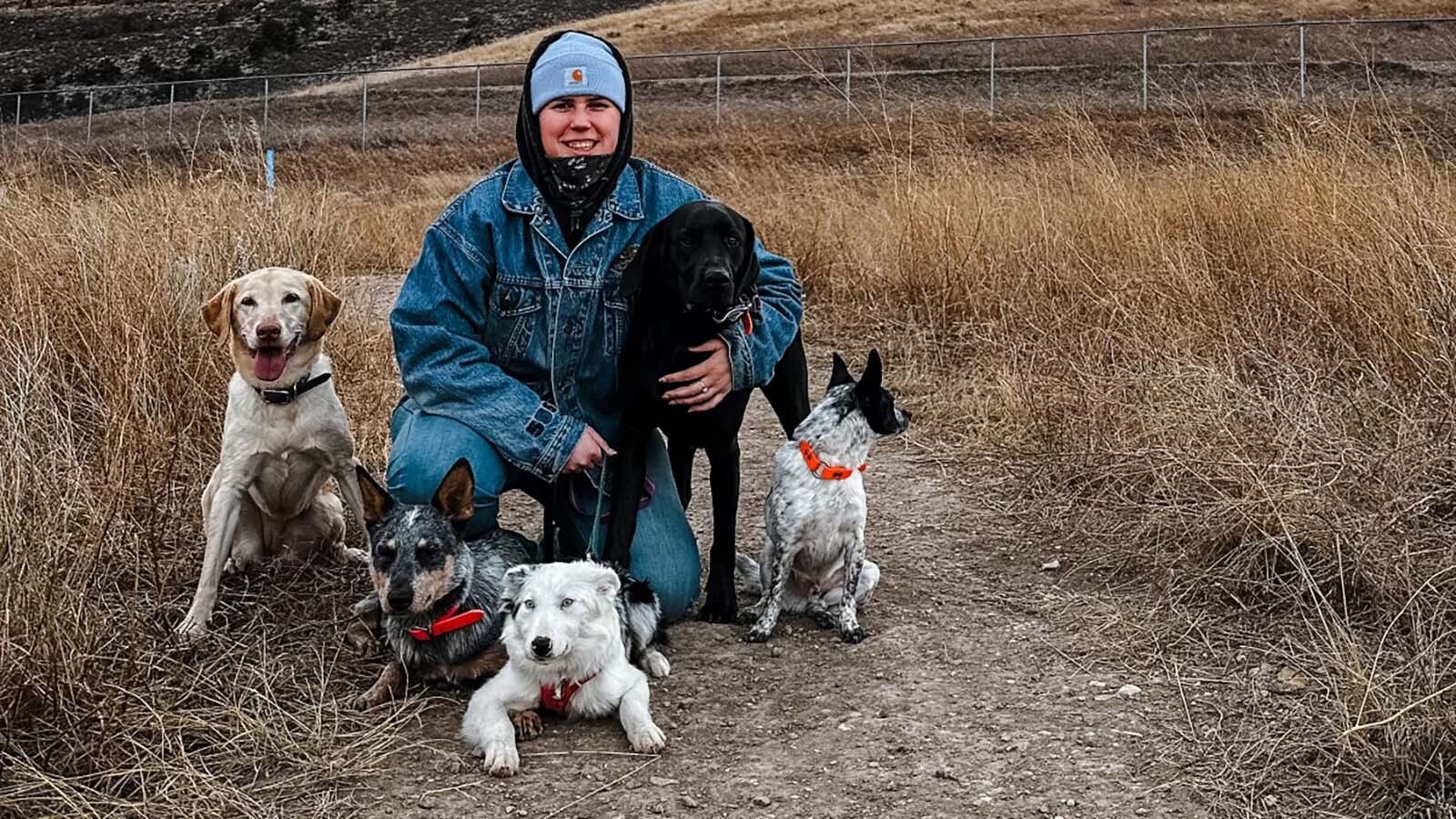Claustrophobia isn’t a problem for Juan Laden. In fact, he craves being in small, cramped spaces.
That explains why the Lander, Wyoming, man doesn’t just explore caves as a hobby, it’s a passion and a lifestyle he has lived for nearly 50 years.
“Most cavers are caving because they love it,” said Laden, 71. “For me, it’s the exploration and a fascination for new experiences.”
It all began in 1979 when he was a climbing instructor for the National Outdoor Leadership School (NOLS) in Lander. The school also offered caving as part of its curriculum and his curiosity was piqued.
Laden was eager to take advantage of an opportunity to go caving for 10 days in the Big Horns.
“We went into Bighorn Cavern, which is an 80-foot vertical drop into the cave to start, and then the rest of it's pretty much horizontal,” Laden said. “I just got hooked.”
Just what it is about the cramped, dark and sometimes damp caves — preferred homes for bats and other nocturnal creatures — that speaks to Laden and other cavers is difficult to pinpoint.
“It's pretty hard to describe caves, because they're all different,” he said. “Every cave in the world has its own character, and that's part of the appeal on an emotional level.
“It’s that sense of going into a new place that no one's ever been in. It’s a total three-dimensional physical experience, where anywhere you turn your head, there is some fascinating, unusual aspect to the cave. Even in caves that are well traveled, you can look up in a little hole in the ceiling and see something that no one's ever seen before.”
Caves Around The World
Laden lives for caving and has paid for his lifestyle by working various jobs around the world.
“I've done 100 different types of jobs,” he said. “I’ve never gotten paid for caving until just recently.”
Plumbing, welding and arbor work are his specialties.
He’s trimmed trees in Denmark and was a field plumber in Antarctica where he was able to explore ice caves. In Mexico, he volunteered to survey caves in Quintana Roo and found evidence of the Mayans who used to live in the region. He has also explored caves in Texas, Montana, New Zealand and Ukraine.
Each cave has its own unique personality, but they share one common trait. Cavers climb vertical and horizontal walls in a dark environment, and light is crucial to survival.
Without something to help illuminate the darkness, caves would be almost impossible to explore, he said.
“It's darker than the inside of a cow,” Laden said. “When I have novices in a cave, I will joke that we are in one of the darkest caves in the world. On the darkness scale of 10. It's a nine. They will believe me and then, we will turn off the lights and let them experience the pitch black that you can only find in a cave, and they will realize it is much darker than anything they have ever experienced before.”
He also stresses the dangers for those who aren’t prepared.
“I turn off my light as much as I can, just to conserve it,” he said. “It’s important to remind novices that you are not going nowhere if you don't have light. The standard in caving is three separate sources of light.
“I know of one death where a caver was doing a climb and his light failed on him. He was in total darkness and ended up falling trying to get it into his pack with one hand.”
Volunteering At Trap Cave
Laden has volunteered his time surveying caves around the world, so when he learned of a local dig in the Bighorns at the Natural Trap Cave, he offered his services as a vertical caver.
He soon became the project’s lead for rigging, training and safety work and worked for them eight summer seasons, two weeks each time. The last two seasons of the project, they paid him from a grant, which was the first time in his long career that he was paid for caving.
“They're digging bones from Pleistocene animals that have fallen into the into natural trap cave,” Laden said. “There's a deposit that could be probably a quarter of a million years old.
“My job, basically, was to make sure there was sufficient rigging to get the scientists to rappel down into the cave and ascend back out safely with belays. I also set up a haul system and a safety system for the people that were actually doing the belaying and rigging, hauling bones out.”
His safety system was extensive to protect the other caving volunteers that came each year to help him do all the rigging stuff and the belaying.
“We had a safety plan where we had to have at least three cavers on the surface at all times,” he said “That way we were ready to perform a rescue if need be. The cave is a 15-foot diameter hole, and it goes down 82 feet into a room that's about 180 by 80 feet. It bells out and the people have to rappel down to the drops in the drop zone, basically where the animals are falling in.
“The cave is a natural trap. These ancient animals were traveling along this ridge and would not see the hole. They slid into this drop-off 20,000 years ago and now they’re digging up the bones. There’s mammoths, camels, horses, cheetah, sheep, wolves, and last year they thought they might have got out a wolverine.”
It is these types of finds and adventures that have fueled Laden’s love for caving.
Community Of Cavers
Cavers are also protective of the caves they explore and don't like people just going in until they learn to treat them with respect.
“It is sort of like having one's home invaded by people that don't understand the significance of the place and trash it because it is fun,” he said.
Laden encourages anyone interested in caving to first contact the National Speleological Society (NSS) and find a mentor.
“Caving is a passion that you'll see in every caver,” he said “They are incredibly diverse, but it’s also a community that you can instantly bond with. I can go anywhere and be welcomed in.
“For instance, when I went to New Zealand, I just checked the local caving club and immediately got invited on a trip that was three days long of nonstop caving. We didn't sleep for three days, and you're just in with people that you've got this really tight bond with right away.”
In Ukraine, Laden explained, the cavers have a toast on the Fourth of July at 12 o'clock that cavers do all over the world, underground.
“It's a unity that we have, that no matter where you go in the world,” he said, “if they're cavers, and you're a caver, you're accepted.”
Jackie Dorothy can be reached at jackie@cowboystatedaily.com.











